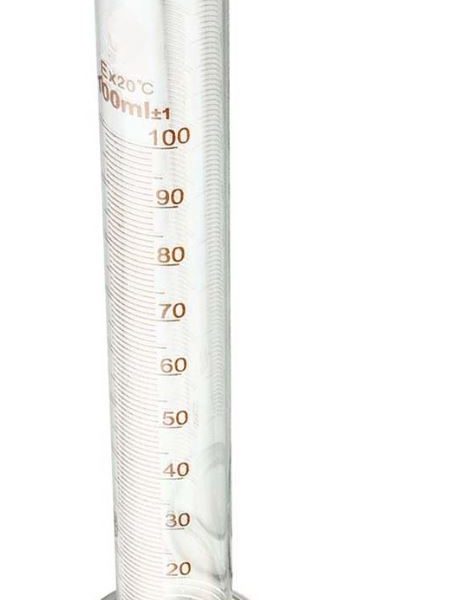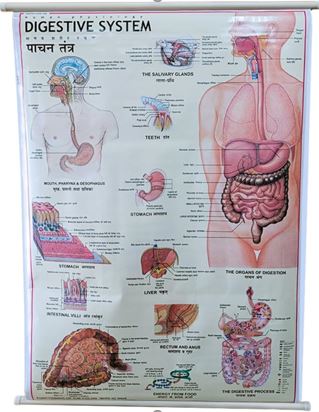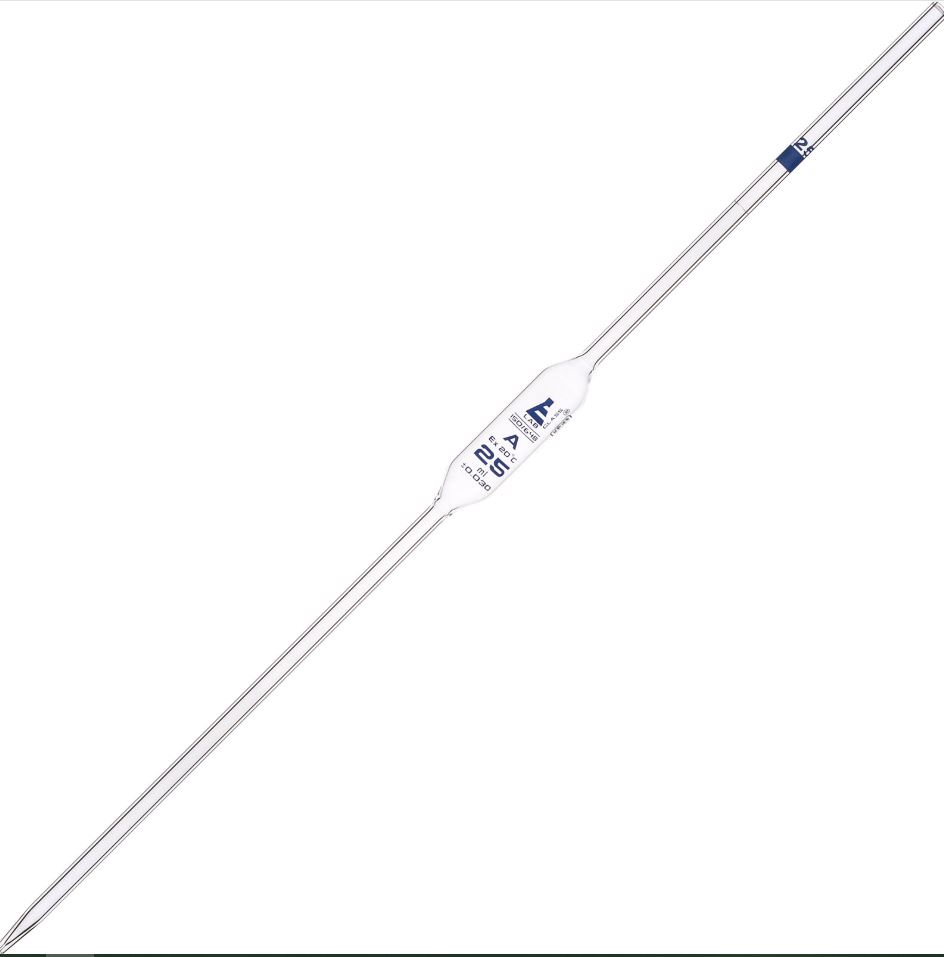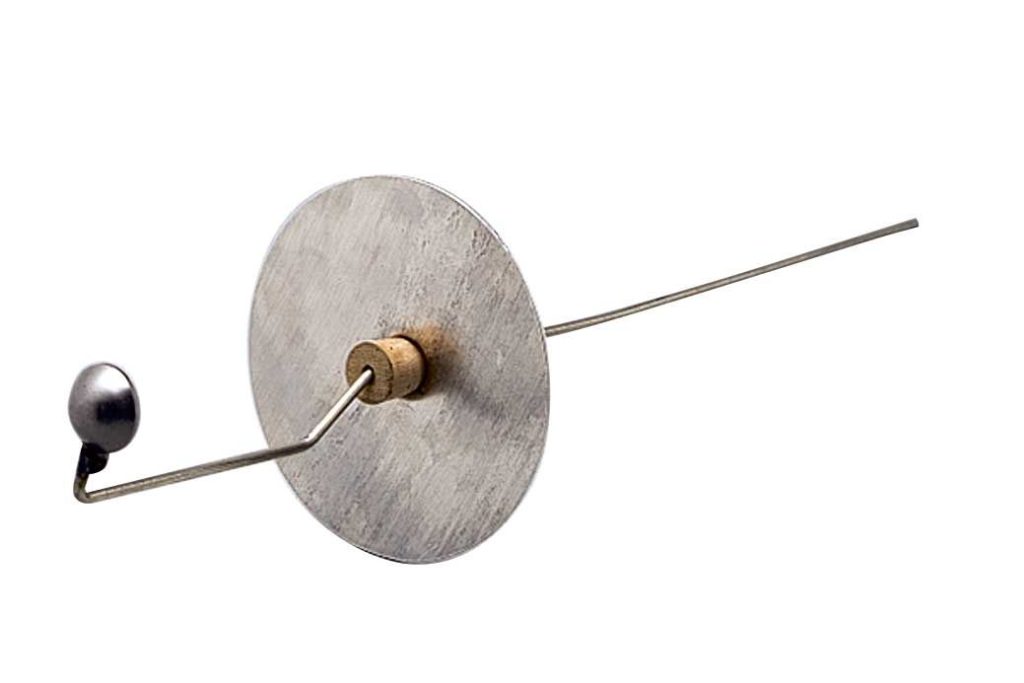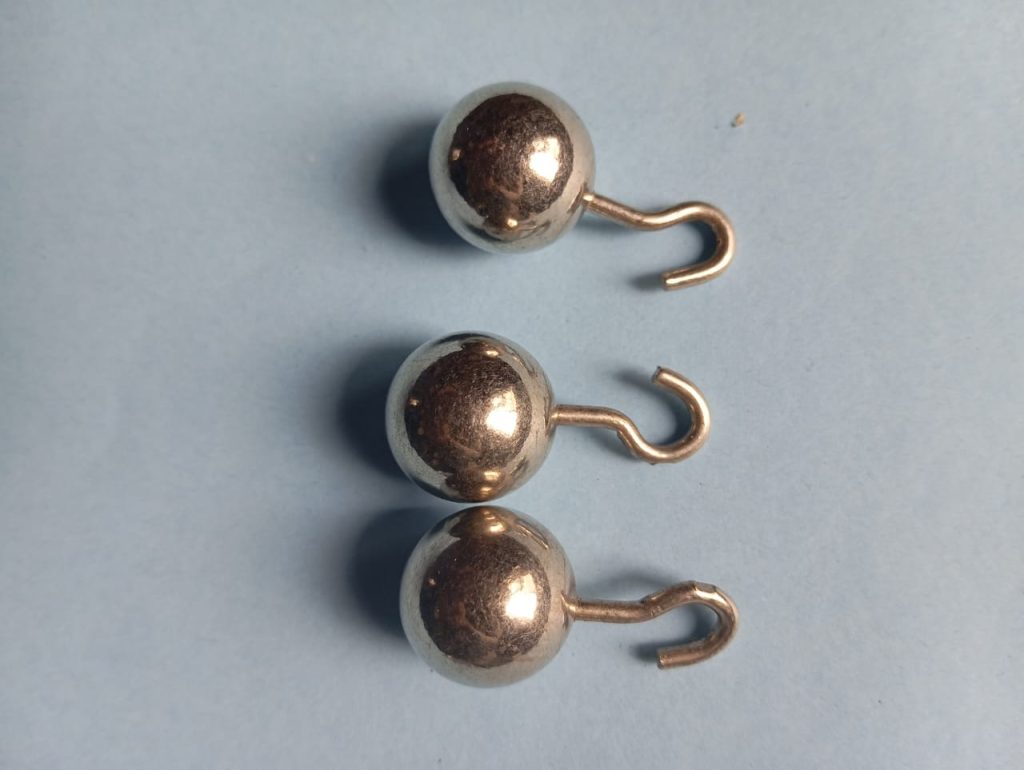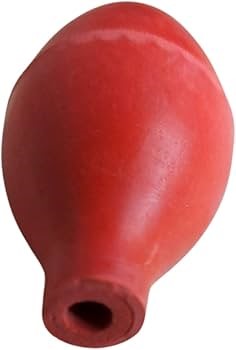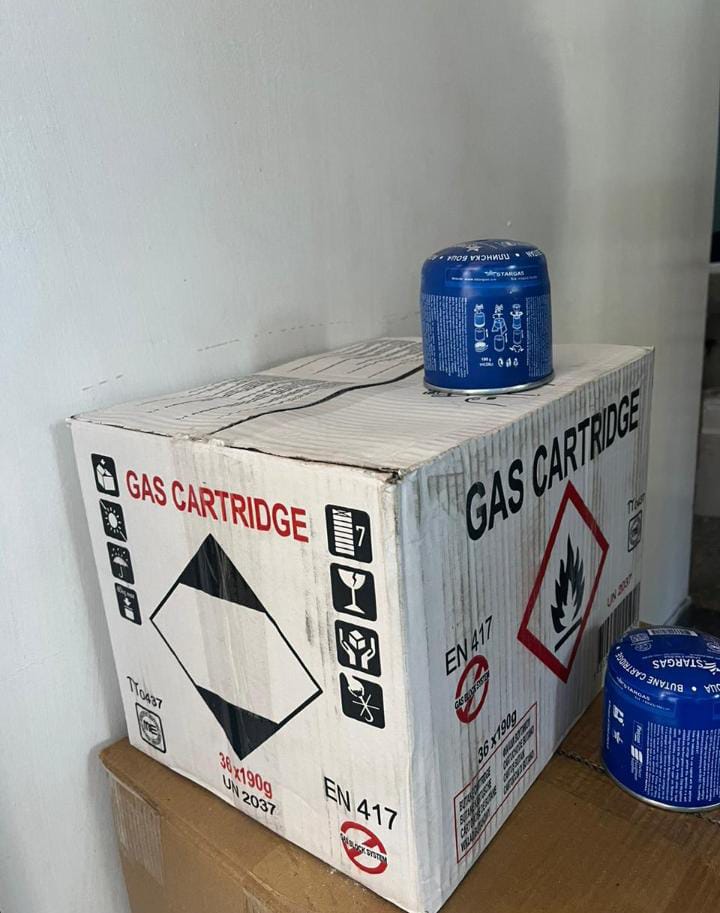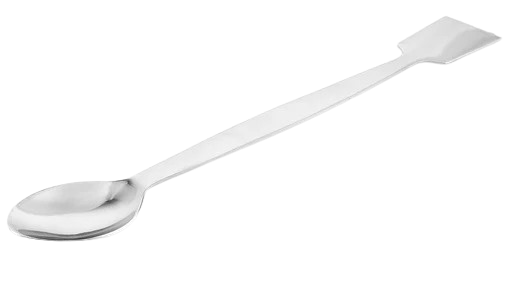Stop watch
A laboratory stopwatch is a precise timekeeping device used in scientific experiments and lab settings to measure time intervals with high accuracy.
Key Features:
-
Accuracy: Typically accurate to within 1/100th of a second (0.01 s), though some models offer even more precision.
-
Display: Most modern laboratory stopwatches are digital, displaying time on an LCD screen, while analog versions use mechanical hands to indicate time.
-
Buttons: Usually equipped with start/stop, reset, and sometimes lap/ split buttons for various timing functions.
-
Timing Range: Can measure times from a fraction of a second to several hours, depending on the model.
-
Material: Made from durable plastic or metal, designed to withstand the rigors of lab environments.
Use in Laboratories:
-
Measuring reaction times in chemistry or physics experiments.
-
Timing experiments such as oscillations, chemical reactions, or biological processes (e.g., enzyme activity).
-
Precision timing for tasks requiring accuracy, like titrations or monitoring heating times.
Special Features:
-
Waterproofing: Some models are designed to be resistant to spills or water exposure.
-
Memory Function: Some stopwatches can store lap times or record multiple time intervals.
A laboratory stopwatch is essential for accurate time measurement, making it a fundamental tool for experiments that require precise timekeeping.


